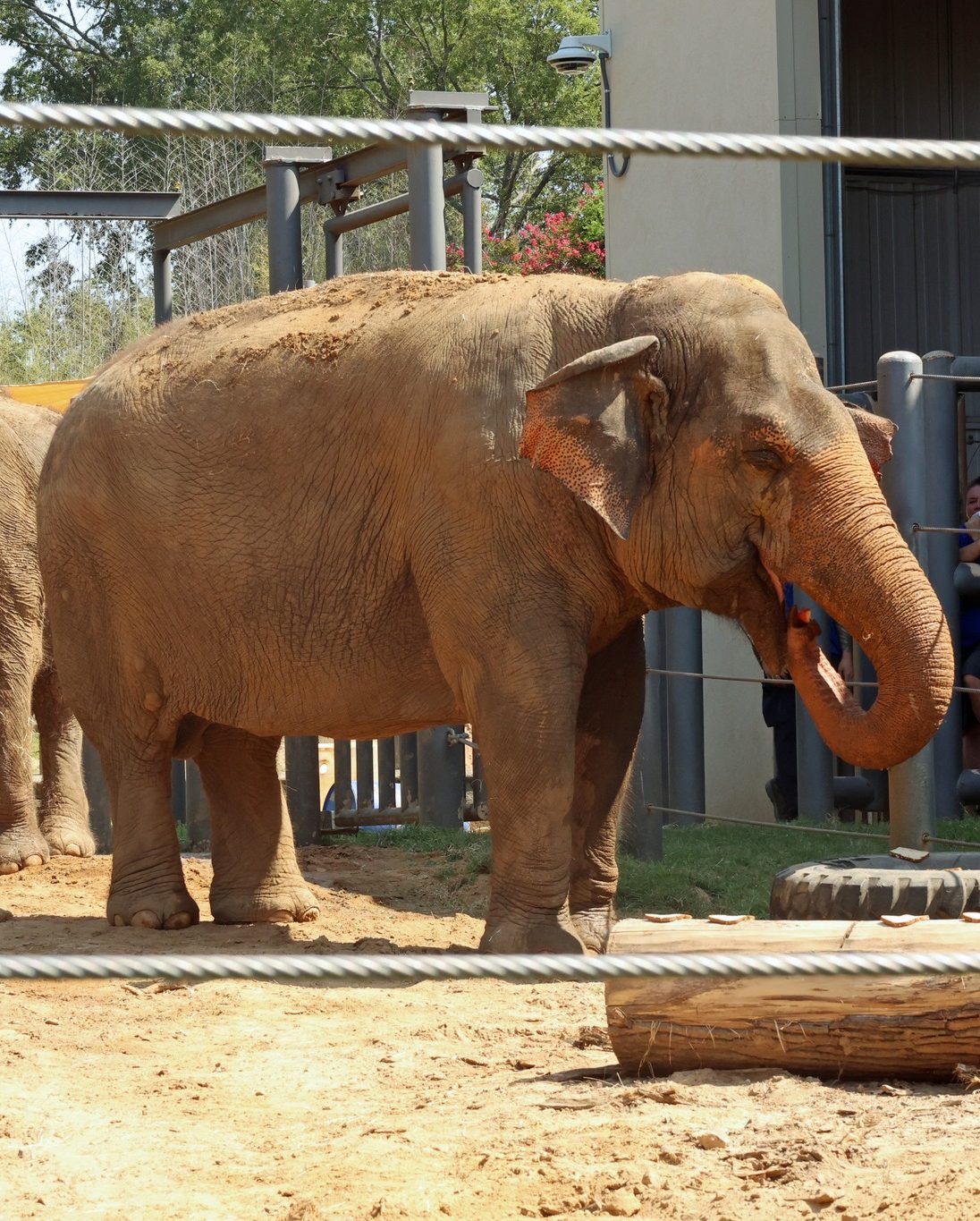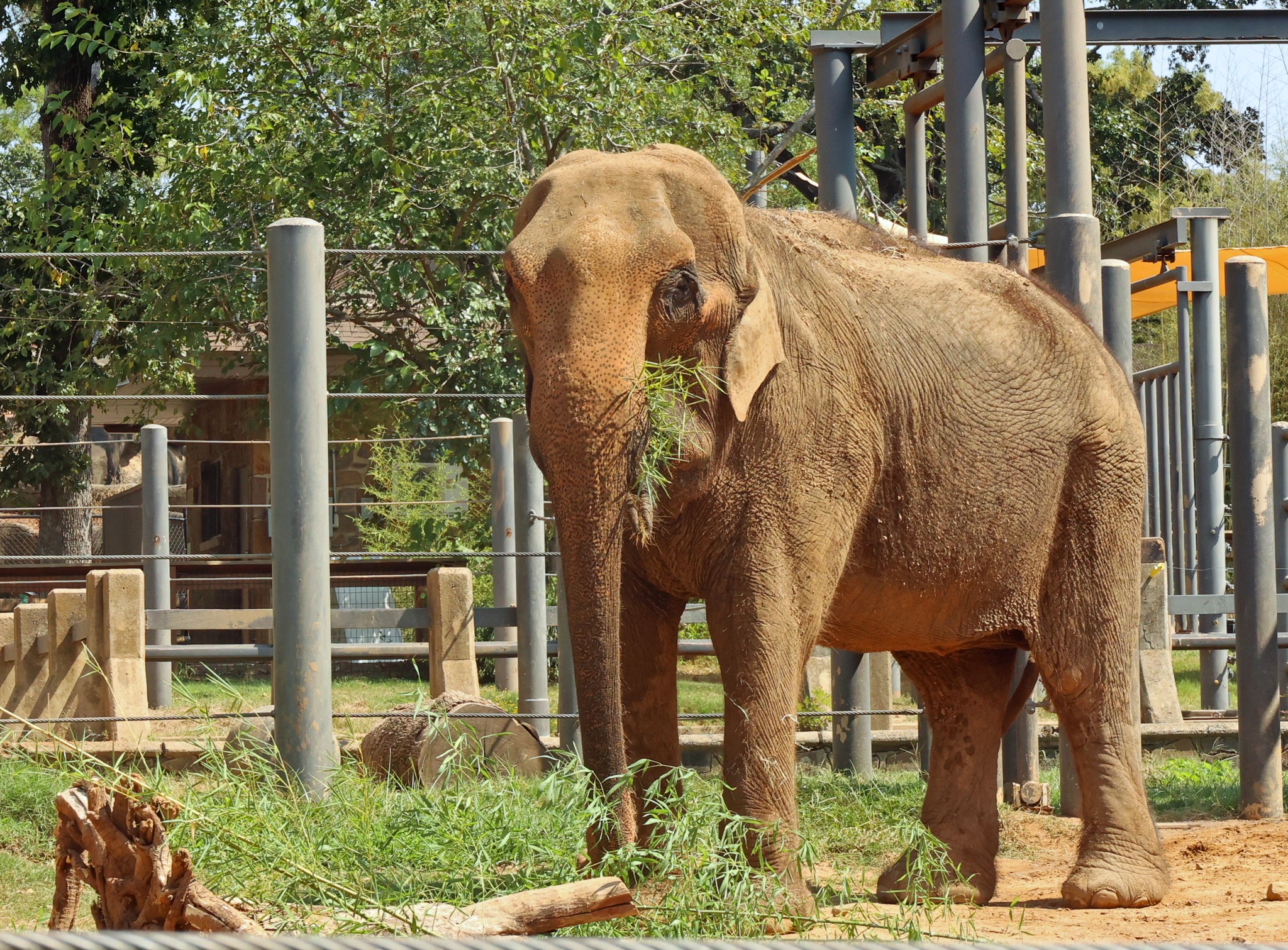Elephants
Elephants are iconic mammals belonging to the family Elephantidae, known for their immense size, intelligence, and strong social bonds. These remarkable animals are native to diverse habitats across Africa and Asia, ranging from savannas and forests to grasslands and deserts. With their powerful trunks, tusks, and large ears, elephants are uniquely adapted to their environments—using their trunks for feeding, communication, and even showing affection.
Elephants are herbivores that consume a wide variety of vegetation, including grasses, fruits, bark, and leaves. They play a vital ecological role as “ecosystem engineers,” helping shape their habitats by dispersing seeds and creating water access for other species. Known for their complex social structures, elephants live in family groups led by a matriarch and display deep emotional connections, communication skills, and problem-solving abilities.
Unfortunately, elephants face serious threats in the wild, including habitat loss, human-wildlife conflict, and poaching. Through conservation initiatives and educational programs, the Little Rock Zoo works to raise awareness about elephant conservation and offer guests the opportunity to learn more about these extraordinary animals. Learn more during Keeper Chats Saturday and Sunday at 2:30 PM.
Asian Elephant


Asian elephants, are magnificent and highly intelligent mammals native to the forests and grasslands of Asia. These gentle giants are distinguished by their large ears, curved tusks, and wrinkled skin. Asian elephants are known for their complex social structures, with herds led by matriarchs and consisting of related females and their offspring. They are herbivores, feeding on a variety of vegetation including grasses, leaves, fruits, and bark. Unfortunately, Asian elephants face significant conservation challenges, including habitat loss, fragmentation, and human-wildlife conflict. Learn more during Keeper Chats Saturday and Sunday at 2:30 PM.
The Little Rock Zoo is home to two Asian elephants: Zina and Babe. Born in 1960, Zina is the elder of the pair, while Babe was born in 1975.
Babe, who arrived at the Zoo in 2013, is easily recognized by the star-shaped brands on each of her hips—marks from her time in Burma (now Myanmar), where they symbolized the country’s flag and identified her as a working elephant. Babe is also known for her artistic talents and enthusiastically participates in painting sessions.
Zina, the oldest and smallest of the two at 6,200 pounds, has a long, narrow trunk that is partially paralyzed and distinctive sunken cheeks due to crooked teeth. Despite her petite frame, Zina has a bold personality and is often the first to trumpet a greeting or show excitement. Compared to Babe, Zina tends to be a bit more reserved.
The Little Rock Zoo is proud to serve as a sanctuary for aging elephants, specializing in the care of geriatric females. With decades of experience and a strong commitment to animal welfare, the Zoo has established itself as a leader in providing extraordinary care for older elephants.
- Not all elephants develop visible tusks. In Asian elephants, only some males have large, prominent tusks. Most female and some male Asian elephants have small tusks, called tushes, which seldom protrude more than an inch or two from the lip line.
- Elephants communicate over long distances using low-pitched sounds that are barely audible to humans. These powerful infrasonic rumbles contain specific messages that can be heard and understood by other elephants more than 2 miles away.
Asian elephants face serious conservation challenges across their range in Asia, including habitat loss, fragmentation, and human-wildlife conflict. Deforestation, agricultural expansion, and urban development have reduced and degraded their natural habitats, making it harder for elephants to find food and shelter. In addition, elephants are often hunted or persecuted due to crop raiding and perceived threats to human safety.
Conservation efforts focus on protecting these incredible animals through habitat preservation, community-based conflict mitigation, education, and anti-poaching initiatives. The Little Rock Zoo works alongside dedicated partners such as Asian Elephant Support and the Asian Elephant SAFE (Saving Animals From Extinction) to strengthen these efforts and help secure a future for Asian elephants.
You can support this work by donating to our conservation fund, helping us and our partners make a real difference for elephants in the wild.
Photos by Karen Caster
Learn More
The Little Rock Zoo is proud to be home to Asian Elephants and to carry forward a long tradition of dedication to their care. With decades of experience and a strong commitment to animal welfare, the Zoo has earned a reputation for excellence in caring for aging elephants. Learn more about our elephant care.
Over the years, many elephants have called the Little Rock Zoo home, each leaving its mark on the Zoo’s ongoing story and mission to inspire conservation and connect people with wildlife. Learn more about our elephants and their stories.



